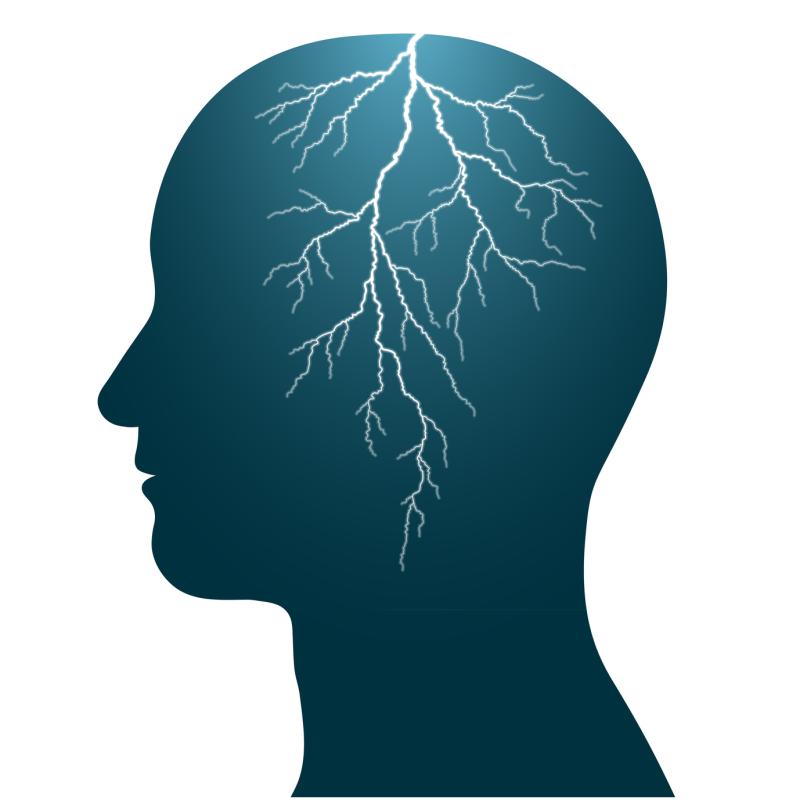
Use of stiripentol as an adjunctive treatment in patients with different types of refractory epilepsies, including focal onset epilepsy without bilateral tonic‐clonic seizures, has demonstrated long-term efficacy in a prospective observational study.
Researchers followed 132 individuals (age, 5 months to 43 years) consecutively treated with stiripentol as an adjunctive therapy for refractory epilepsies for a median of 14.8 months. Of these patients, 30 had Dravet syndrome (DS),
Stiripentol was administered at a starting dose of 10–15 mg/kg/d, with weekly increments up to a maximum of 50 mg/kg/d based on both age and weight. Epilepsy aetiology was classified as structural, genetic, infectious, immune, metabolic and unknown.
In the cohort, 29 patients (22 percent) received more than two antiepileptic drugs. The most commonly used add-on drugs were benzodiazepines, mainly clobazam. Sixty-six patients (50 percent) achieved response, defined as a reduction in seizure frequency of ≥50 percent), and 13 of them (9.8 percent) were seizure‐free.
The rate of response was higher in the genetic aetiology group (57 percent), particularly in DS (18/30; 60 percent), and in the group of patients with refractory focal onset epilepsy without bilateral tonic‐clonic seizures (5/15; 33 percent).
Median relapse‐free survival rate was 27 months in the 66 responders. The median time to stiripentol failure was 24.6 months in the entire cohort.
More prospectively designed studies are required to confirm the efficacy of stiripentol in focal epilepsy, the researchers said.